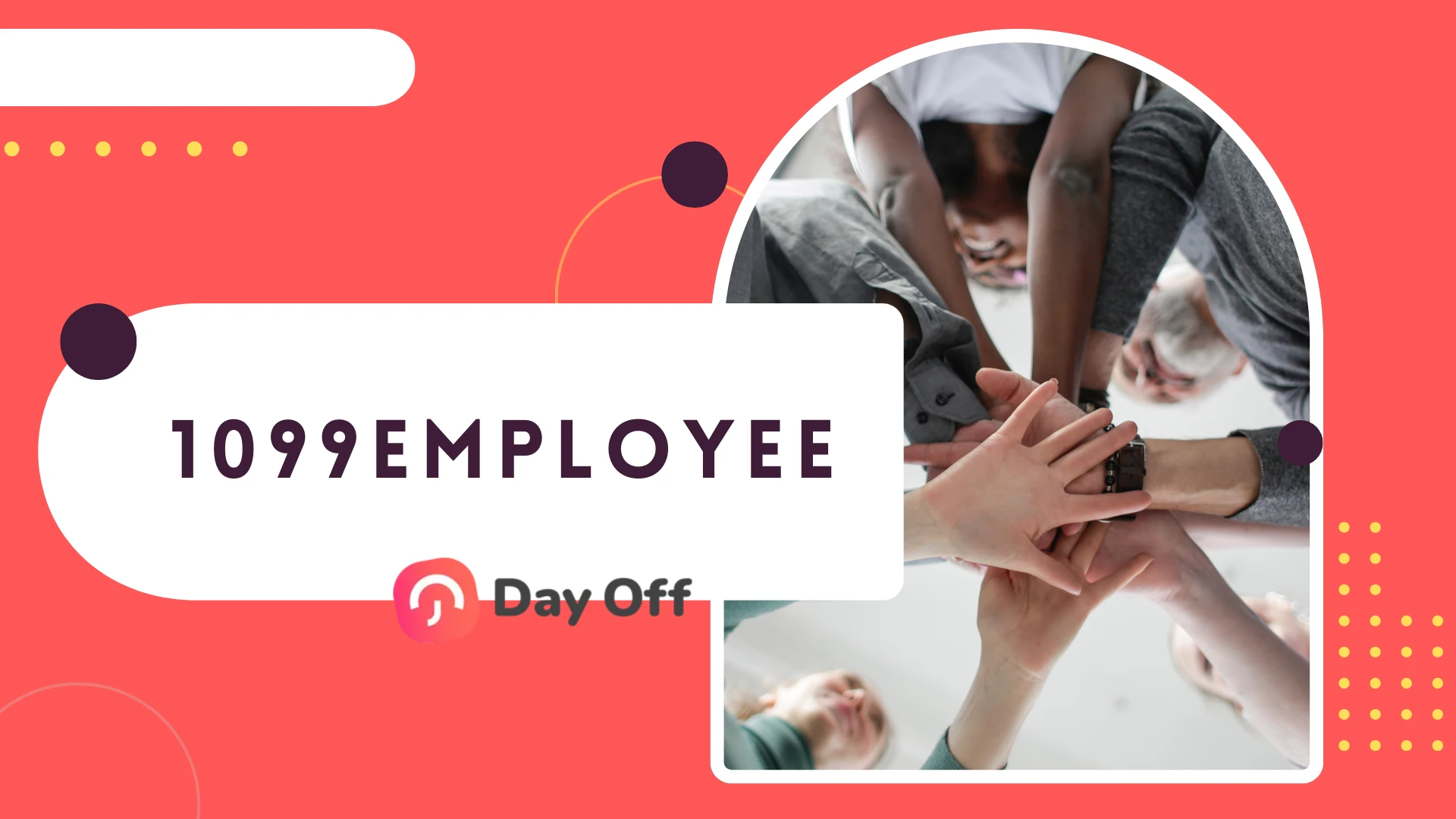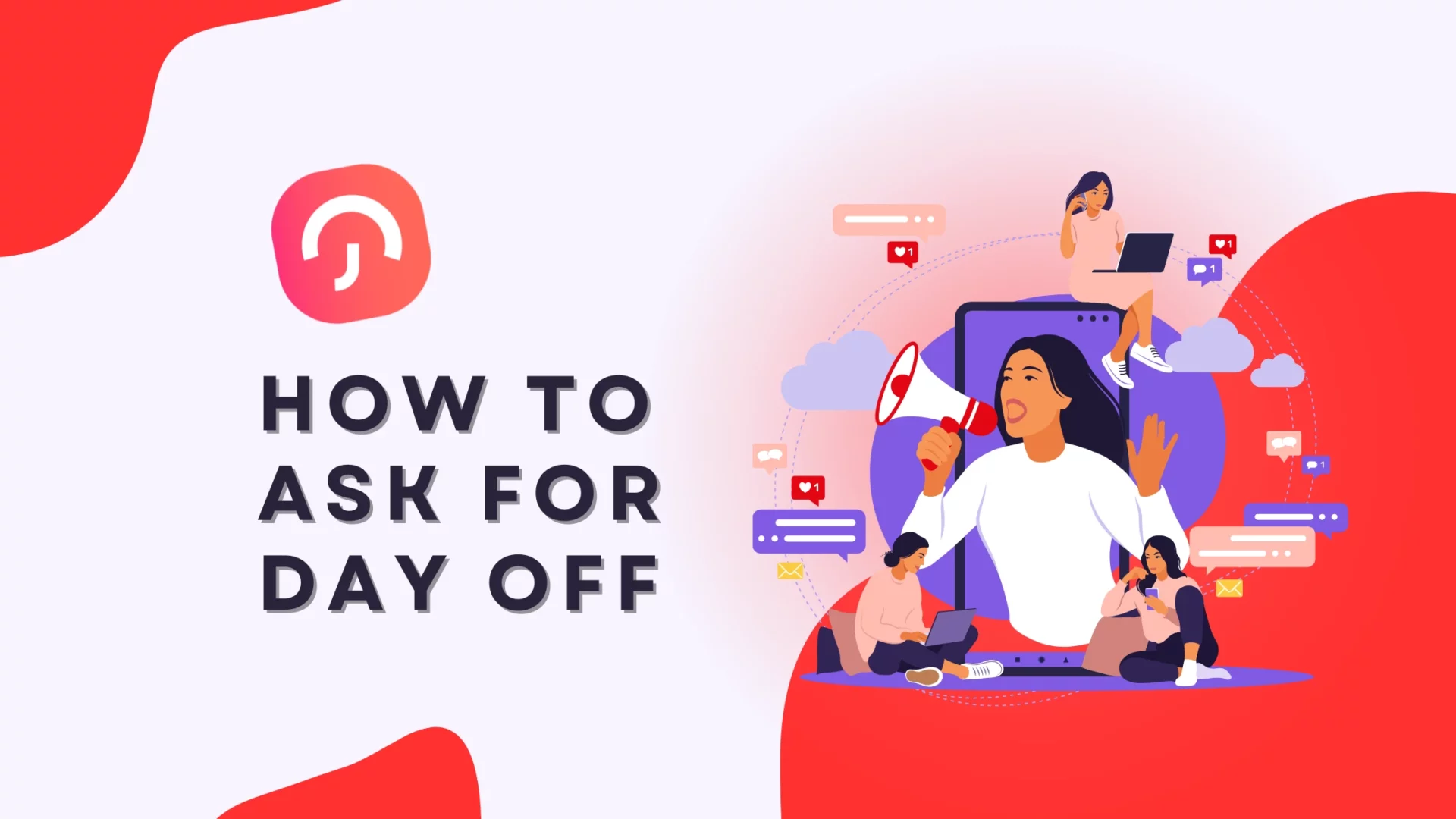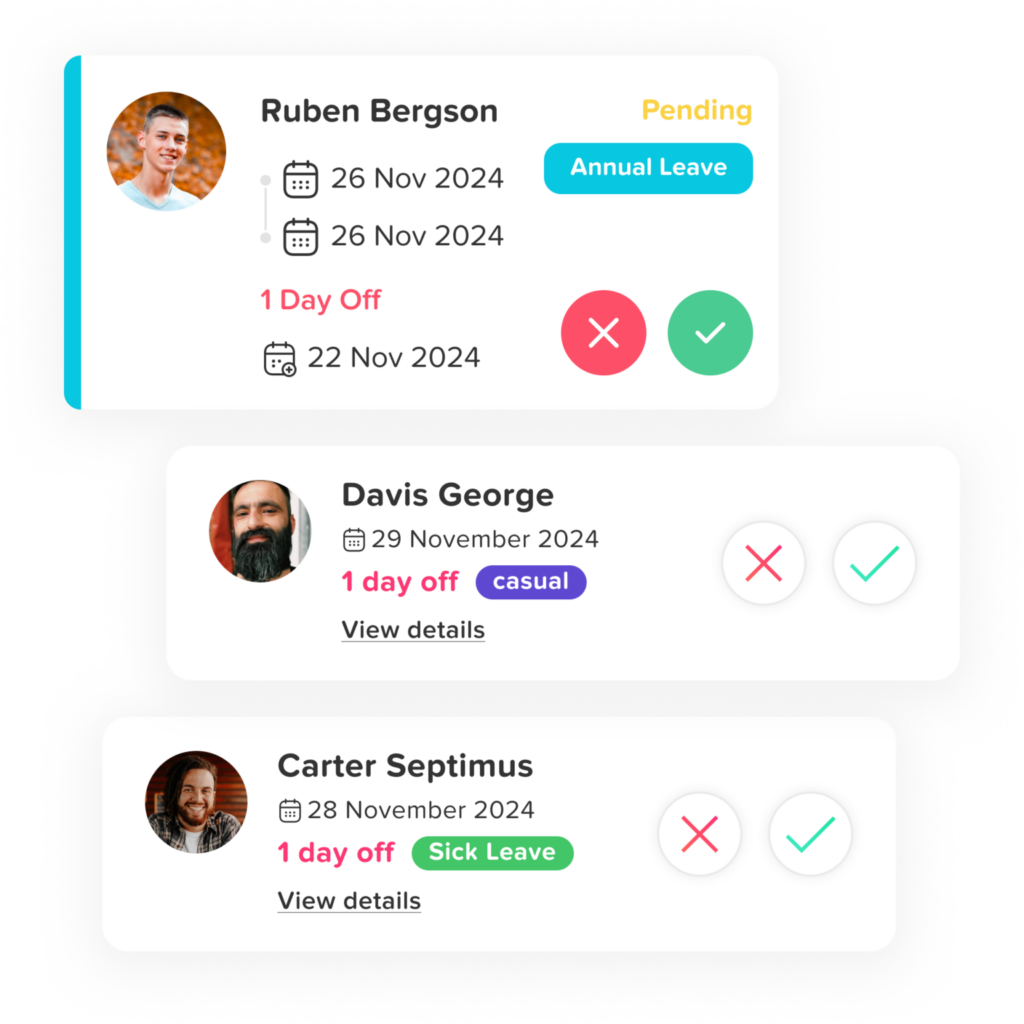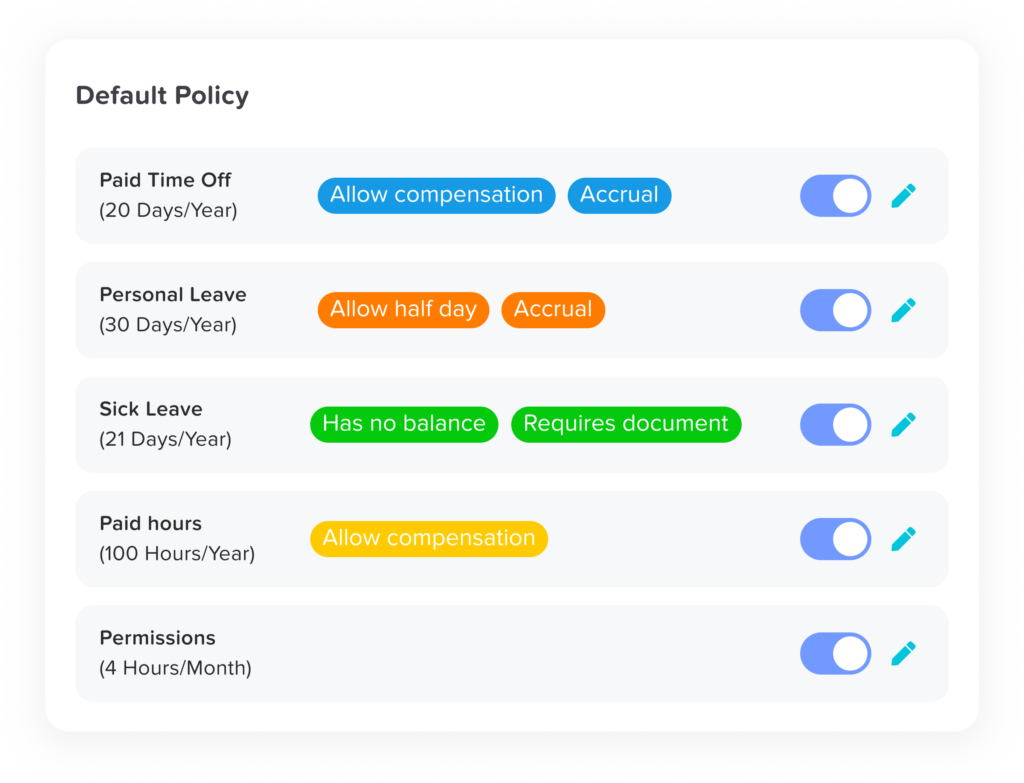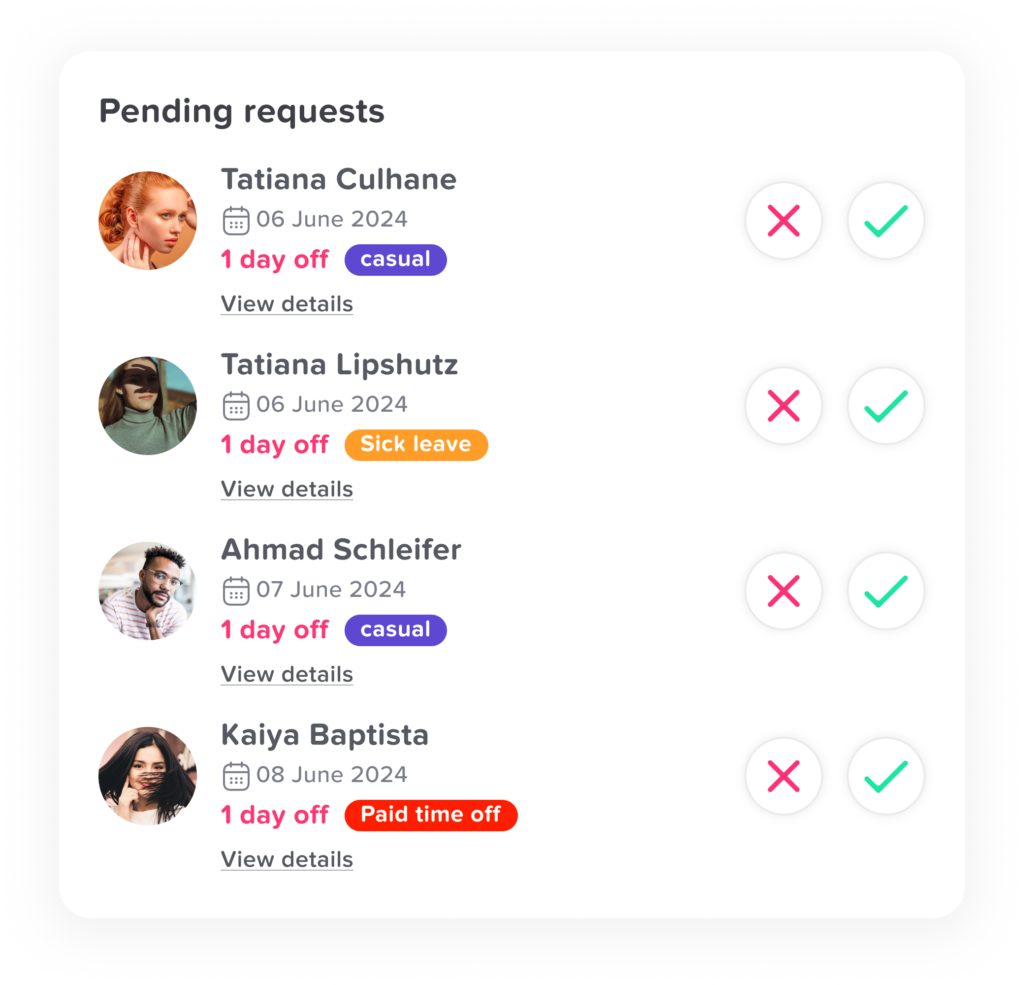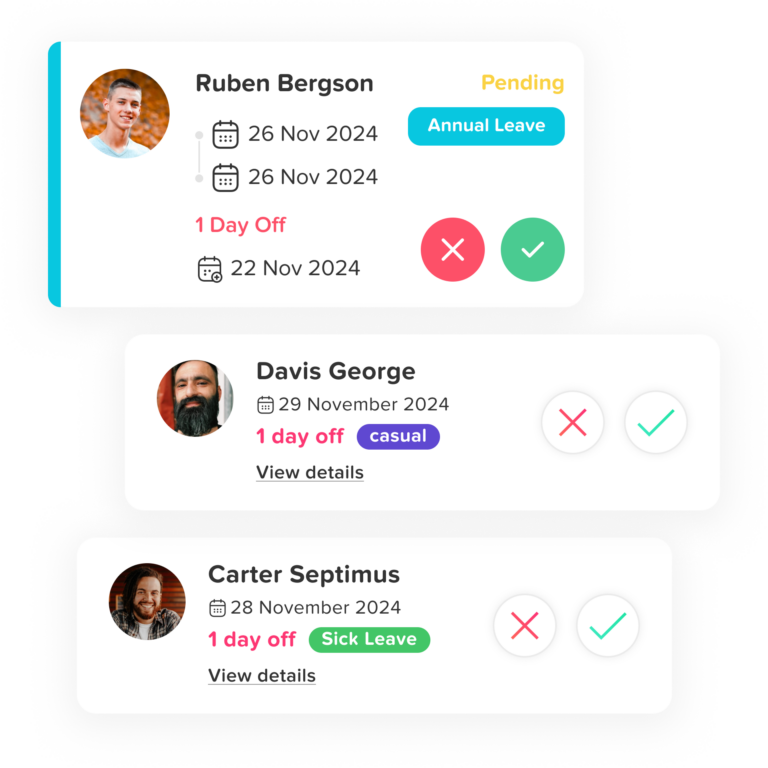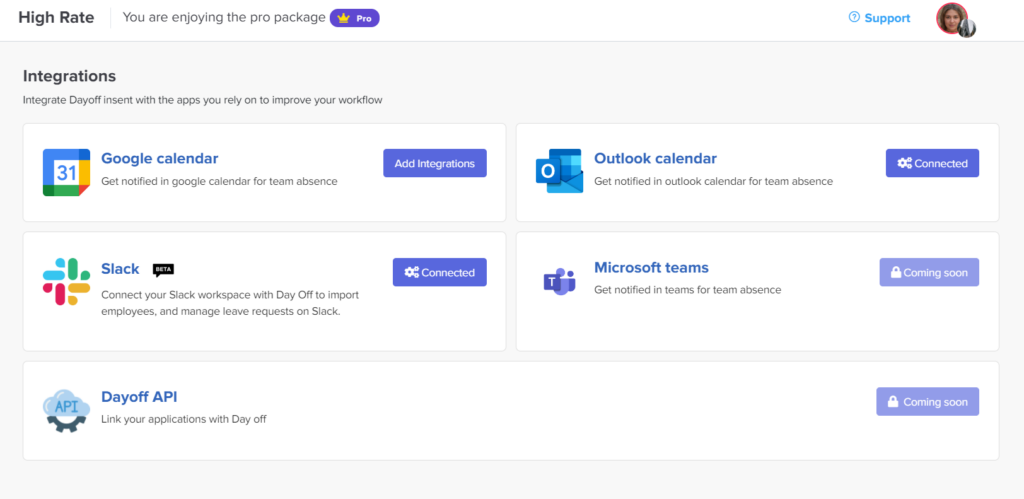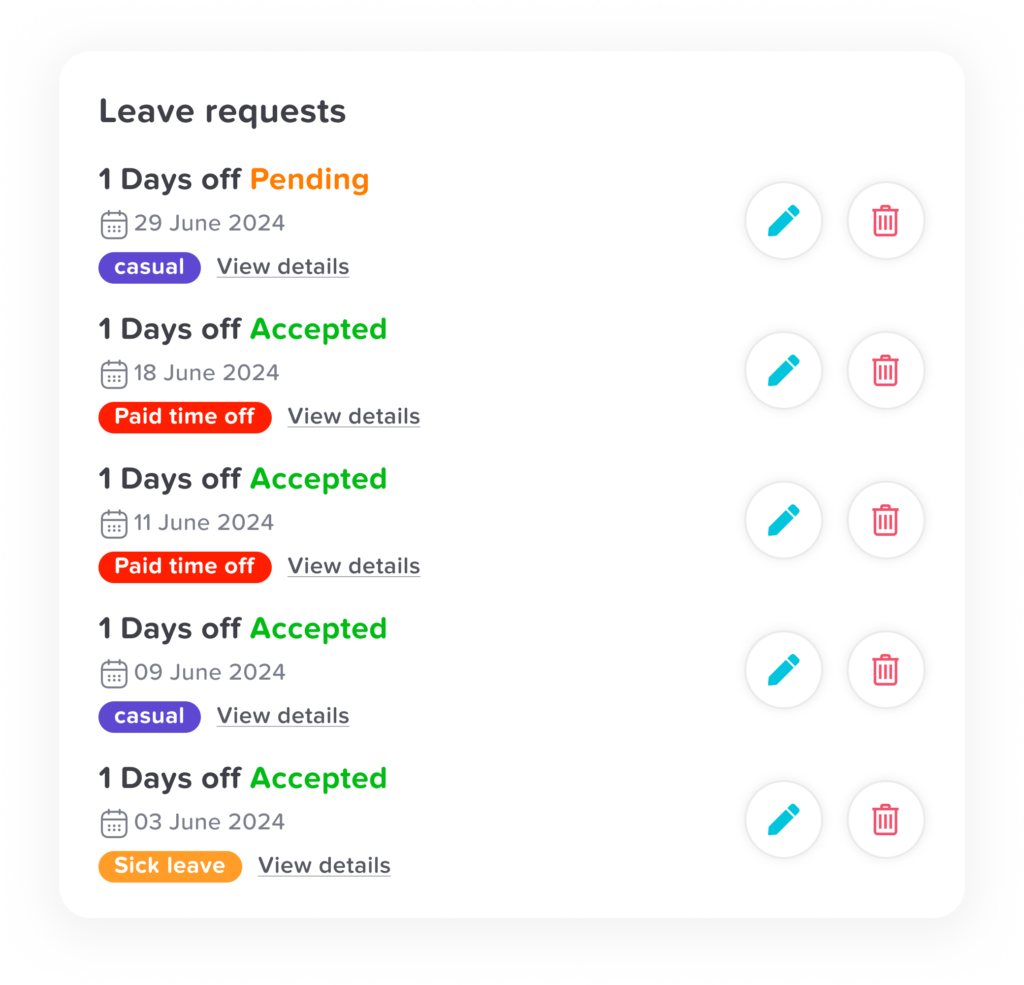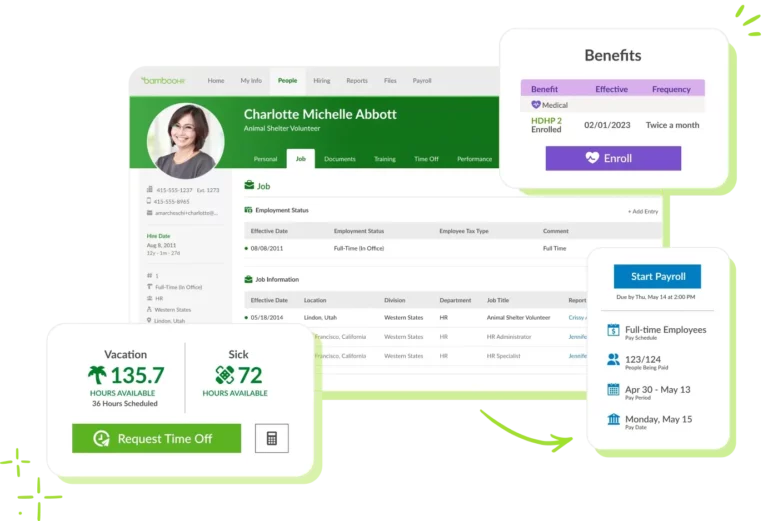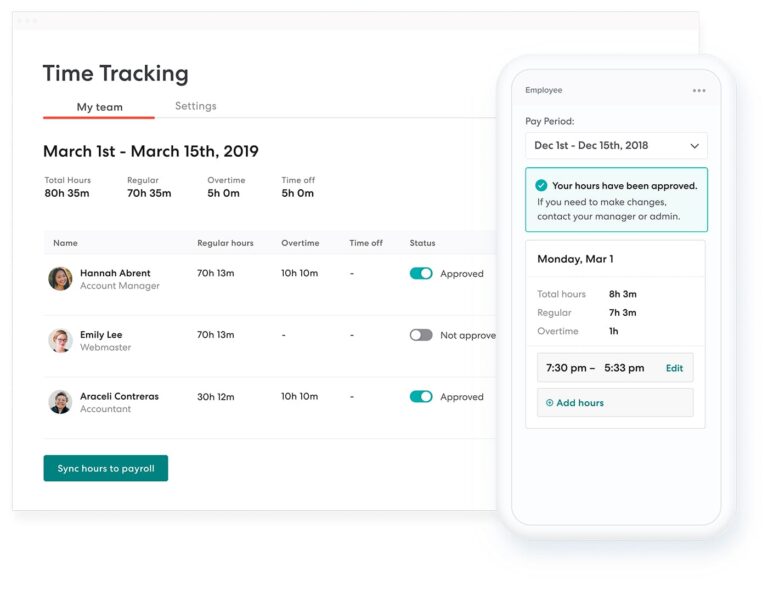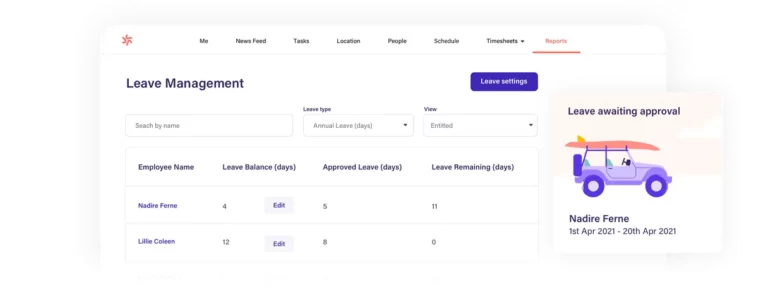The classification between employee and independent contractor is not just a label it’s a distinction with deep financial, legal, and operational implications. Often referred to as a “1099 employee,” this term is a bit of a misnomer because such individuals are not employees in the traditional sense but independent contractors. They get their name from the 1099 MISC form that businesses must issue to them if they pay more than $600 in a fiscal year. This article delves deeper into what it means to be a 1099 employee, the nuances of this working arrangement, and how it impacts both the individual and the hiring entity.
Defining the 1099 Employee
A 1099 employee, or independent contractor, operates under a significantly different set of rules than a traditional W-2 employee. The IRS defines an independent contractor as someone who performs services for a client or a company under an agreement but retains control over how the work is carried out. This definition emphasizes the freedom such workers have in their job execution, a key distinguishing factor from employees.
Characteristics of 1099 Workers
Independent contractors differ from employees on several fronts:
- Autonomy: They have the freedom to decide how to complete a task, unlike employees who must follow their employer’s methods.
- Equipment: They often use their own tools and resources to complete a job.
- Payment and Contracts: Payment is typically rendered on a project by project basis as stipulated in a contract, rather than a regular salary.
- Duration and Commitment: Their engagements are generally for a specified term or project, without the implicit promise of ongoing employment.
Legal and Tax Implications
The implications of being classified as a 1099 employee are profound, particularly in terms of taxation and legal rights:
- Tax Responsibilities: 1099 workers must handle their own income taxes, Social Security, and Medicare contributions. They are not subject to withholding by their clients, which means they need to manage their tax payments directly through estimated quarterly tax payments to the IRS.
- No Employee Benefits: Unlike traditional employees, 1099 workers are not entitled to benefits like health insurance, pension plans, or workers’ compensation.
- Employment Rights: They do not receive the protection of minimum wage laws, overtime, unemployment insurance, or workplace safety regulations that are afforded to employees.
The Pros and Cons of Being a 1099 Employee
While being an independent contractor allows for a high degree of flexibility and autonomy, it also comes with challenges:
Advantages:
- Flexibility: One of the most touted benefits is choosing when, where, and how to work, offering a work life balance that might be more difficult to achieve in traditional roles.
- Entrepreneurial Opportunity: Being an independent contractor can serve as a platform for entrepreneurship, providing the experience and client base necessary to start an independent business.
- Tax Deductions: Contractors can deduct many business expenses that employees cannot, potentially lowering their taxable income.
Disadvantages:
- Financial Instability: The lack of a regular, predictable income can make financial planning difficult.
- Higher Tax Burden: They must pay both the employee and employer portion of Social Security and Medicare taxes, leading to higher overall tax liabilities.
- Lack of Benefits: The absence of employer sponsored health insurance, retirement plans, and paid leave can represent a significant financial burden.
What are The Most Common Types of 1099 Employees?
While “1099 employee” is technically a misnomer since individuals receiving 1099 forms are independent contractors rather than employees, many professions commonly operate under this independent contractor status. These workers span various sectors, offering services that range from creative freelancing to technical consulting. Here’s a look at some of the most common types of professions where 1099 status is typical:
Freelancers in Creative Fields
- Writers and Editors: Many writers and editors work as freelancers for multiple publications or clients, managing their own schedules and project terms.
- Graphic Designers and Web Designers: These professionals often take on projects from various clients, delivering designs per the specific requirements of each job.
- Photographers and Videographers: Individuals in these fields frequently work project to project, covering events, creating content for media, or conducting private photoshoots.
Professional Services
- Consultants: This broad category includes management consultants, business strategists, and IT consultants who offer expert advice to businesses on a contractual basis.
- Legal Professionals: Many lawyers operate independently or offer services to clients on a freelance basis, especially in fields like estate planning, divorce, and contract law.
- Accountants and Tax Preparers: Particularly during tax season, many accountants work independently, offering tax preparation, auditing, and financial planning services.
Construction and Trades
- General Contractors and Construction Workers: In construction, many roles such as electricians, plumbers, and carpenters are filled by independent contractors who might work on different projects under short term contracts.
- Landscapers and Gardeners: These professionals often work as independent contractors, managing their own client lists and schedules.
Healthcare Professionals
- Physical Therapists: Some physical therapists work at multiple clinics or visit patients’ homes under contract.
- Medical Consultants: Specialists such as radiologists or anesthesiologists sometimes work as contractors at various hospitals or clinics.
Technology Sector Professionals
- Software Developers and IT Specialists: Independent contracting is common in tech, where professionals might work on specific projects like software development, network setup, or system maintenance.
- Cybersecurity Consultants: These experts often work on a freelance basis, providing cybersecurity services to companies without in house expertise.
Real Estate and Sales
- Real Estate Agents: Typically, real estate agents are independent contractors who earn commissions based on the properties they sell or rent.
- Sales Representatives: Many sales roles in industries like pharmaceuticals, machinery, or business services involve contractors paid on commission.
Transportation and Logistics
- Truck Drivers: Many truck drivers are independent contractors who own their vehicles and contract with companies to deliver goods.
- Rideshare Drivers: Drivers for companies like Uber and Lyft are classified as independent contractors.
Education and Training
- Tutors and Trainers: From academic subjects to fitness, many tutors and trainers work independently, providing services directly to clients or through various platforms.
Arts and Entertainment
- Musicians and Performers: Many artists and performers work on a gig basis, moving from event to event under contracts or one off agreements.
Hospitality and Events
- Event Planners and Caterers: These roles often operate on a project basis, managing events from weddings to corporate gatherings as independent contractors.
What Paperwork Do 1099 Employees Need?
Independent contractors, commonly referred to as “1099 employees,” need to manage various forms of paperwork to comply with legal requirements and maintain organized records for their business dealings. Here’s an overview of essential documents and forms that 1099 workers should be familiar with:
IRS Form W-9
Before beginning work with a new client, an independent contractor should complete IRS Form W-9, Request for Taxpayer Identification Number and Certification. This form provides the client with the necessary information to issue a 1099 form to the contractor for tax purposes. It includes the contractor’s name, address, and Social Security Number (SSN) or Employer Identification Number (EIN).
IRS Form 1099-MISC or 1099-NEC
- Form 1099-MISC: This form was traditionally used to report payments made to independent contractors. Starting in tax year 2020, it is now used for other types of payments, including rental income, prizes, and awards.
- Form 1099-NEC: This form, which stands for Nonemployee Compensation, is used specifically to report payments of $600 or more to independent contractors. It essentially replaces the box 7 purpose on the older 1099-MISC form for reporting contractor earnings.
Contracts and Service Agreements
Having a written contract or service agreement with each client is crucial for defining the scope of work, payment terms, timelines, and expectations. These documents serve as a legal basis for the working relationship and can help prevent disputes.
Invoices
Independent contractors must generate invoices for their clients to request payment for services rendered. Invoices should detail the work completed, the amount due, payment terms, and any applicable taxes or expenses.
Accounting and Bookkeeping Records
Maintaining accurate and detailed records of income and expenses is critical for 1099 workers. This includes keeping receipts, bank statements, and records of transactions. These documents are essential for financial management and when preparing tax returns.
Insurance Documents
Depending on the industry and type of work, independent contractors may need various types of insurance, such as professional liability insurance or general liability insurance. Keeping these documents up to date and accessible is important for both legal protection and client requirements.
Tax Forms for Estimated Payments
Since taxes are not withheld from their payments, independent contractors should make estimated tax payments to the IRS throughout the year using Form 1040-ES, Estimated Tax for Individuals. This form helps calculate and pay estimated taxes on a quarterly basis to cover self employment tax and income tax.
Local Business Licenses and Permits
Depending on the contractor’s location and industry, certain local business licenses or permits may be required to legally operate. It’s important to research and comply with local regulations to avoid penalties.
Record of Expenses
To maximize tax deductions, contractors should keep a detailed log of all business related expenses, including travel expenses, supplies, home office expenses, and any other expenditures relevant to their work.
Retirement Plan Documents
If an independent contractor has set up a retirement plan, such as an SEP IRA or a Solo 401(k), maintaining the related documentation is essential for managing contributions and understanding the tax implications.
What Taxes Does a 1099 Employee Pay?
Self Employment Tax
Self employment tax refers to Social Security and Medicare taxes that are typically withheld by employers from the wages of W-2 employees. For 2023, the self employment tax is calculated as 15.3% of net earnings:
- 12.4% for Social Security on the first $160,200 of net earnings (this limit can change annually).
- 2.9% for Medicare, with no upper limit on earnings.
Moreover, additional Medicare tax of 0.9% may apply to income exceeding certain thresholds ($200,000 for single filers, $250,000 for married couples filing jointly, and $125,000 for married individuals filing separately).
Federal Income Tax
Independent contractors are also responsible for paying federal income tax. The rate depends on their income bracket, which can vary widely. Since taxes are not withheld from their payments by clients, 1099 workers need to estimate their tax liability and make quarterly estimated tax payments to the IRS using Form 1040-ES.
State and Possibly Local Income Tax
In addition to federal taxes, most states (and some local municipalities) require the payment of income taxes. The specifics vary by state and locality, with seven states having no income tax at all: Alaska, Florida, Nevada, South Dakota, Texas, Washington, and Wyoming. New Hampshire and Tennessee only tax interest and dividend income. Independent contractors need to check their state and local tax requirements to ensure compliance.
Quarterly Estimated Taxes
Because their income does not have tax withholding, independent contractors need to make estimated tax payments quarterly to the IRS (and state tax authorities if applicable). These payments include both income tax and self employment tax and are due on April 15, June 15, September 15, and January 15 (of the following year).
Sales Tax
If a 1099 worker sells goods or certain services, they may be required to collect and remit sales tax according to state and local laws. This generally involves registering with the state’s sales tax authority, collecting the correct amount from customers, and filing regular sales tax returns.
FAQ about 1099 Workers
Can a 1099 worker be fired?
Since 1099 workers are not employees, they cannot be “fired” in the traditional sense. However, their contracts can be terminated according to the terms outlined in the contract. Both parties need to understand the conditions under which a contract can be terminated before agreeing.
Are 1099 workers eligible for unemployment benefits?
Typically, 1099 workers are not eligible for unemployment benefits because they are considered self employed and do not have unemployment taxes paid on their behalf. However, during specific conditions like the COVID 19 pandemic, exceptions were made where independent contractors could receive benefits under certain relief programs.
How do 1099 workers qualify for a mortgage?
Qualifying for a mortgage as a 1099 worker can be challenging due to the variability in income. Lenders will generally look for a stable income history, typically requiring at least two years of tax returns, and may require a higher credit score or a larger down payment from independent contractors compared to traditional employees.
Do 1099 workers need a business license?
Whether a 1099 worker needs a business license depends on the local laws and the nature of the work. Some cities and counties require business licenses for any form of independent work, while others may have specific exemptions. It’s crucial to check with local and state authorities to ensure compliance.
What should I do if I’m misclassified as a 1099 worker?
If you believe you have been misclassified as an independent contractor instead of an employee, you can file a complaint with the IRS using Form SS-8. The IRS will review the circumstances and determine your correct classification.
How do 1099 workers handle health insurance?
Since 1099 workers do not receive employer sponsored health benefits, they typically need to obtain health insurance independently through the Marketplace, private providers, or a professional association that offers insurance to freelancers.
What are the key legal concerns for 1099 workers?
Key legal concerns include ensuring proper contract formation, understanding the scope of liability insurance required, maintaining compliance with tax laws, and safeguarding against potential misclassification. Additionally, intellectual property rights and confidentiality agreements may also need consideration depending on the field of work.
How can 1099 employee save for retirement?
Independent contractors can establish self employed retirement plans such as SEP IRAs, SIMPLE IRAs, or Solo 401(k)s. These plans not only help save for retirement but also offer tax advantages that can significantly reduce taxable income.
Are 1099 workers subject to OSHA regulations?
Generally, independent contractors are responsible for their workplace safety and health. However, if they are working on a site controlled by another employer, that employer may have certain responsibilities under OSHA to ensure a safe work environment.
Can 1099 employee deduct home office expenses?
Yes, if a portion of the home is used regularly and exclusively for conducting business, 1099 workers can deduct expenses related to the home office. This includes a portion of utilities, property taxes, insurance, and mortgage interest or rent, subject to specific IRS rules and limitations.
Conclusion
The concept of a “1099 employee” can be misleading, as these workers are not traditional employees but independent contractors with unique responsibilities and freedoms. While the arrangement offers flexibility, autonomy, and potential tax advantages, it also places the burden of taxes, benefits, and financial planning squarely on the worker’s shoulders.
For businesses, hiring 1099 contractors can provide agility, specialized skills, and cost savings, but it also requires careful compliance with IRS rules to avoid costly misclassification issues. For workers, success as a 1099 contractor depends on strong self absence management, financial discipline, and a clear understanding of contractual obligations.
As the gig economy continues to grow, independent contracting will remain a vital part of the workforce across industries. By understanding the rights, responsibilities, and challenges that come with 1099 status, both workers and employers can navigate this working arrangement more effectively, ensuring mutual benefit and long term sustainability.
